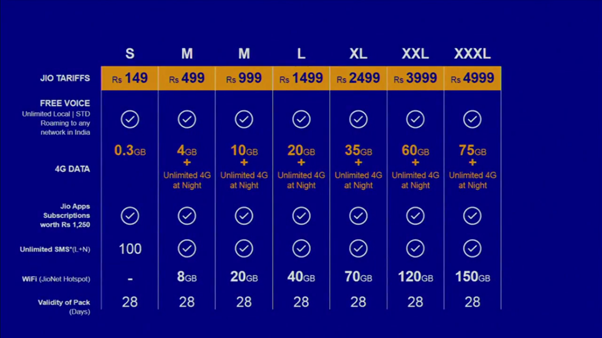New research from the South Korean giant reveals a breakthrough that could almost double the battery life of future devices. Researchers at Samsung Electronics announced yesterday that they had developed a new technology to produce a high-density and highly-durable cathode material by coating the strong and conductive graphene on the silicon’s surface to create a kind of protective layer around the silicon.
Samsung research has come up with a new coating method for battery cathodes, which overcomes the cycling performance and capacity limitations imposed by current implementations. The new process uses that excellent conductive material known as Graphene, which is grown directly onto the silicon coating surface without silicon carbide formation.
The new system is based on technology already used in the manufacture of semiconductors, providing the potential to mass-produce graphene using existing facilities instead of sinking money into completely new plants.
Samsung’s researchers claim that its technique allows the full cell to reach volumetric energy densities of 972 and 700 Wh l−1 at the first and 200th cycle, respectively, when paired with a commercial lithium cobalt oxide cathode. The conductive material is actually grown right on a silicon carbide substance, combined with a lithium battery. The result is a battery that lasts 1.8-1.5 times as long, thanks to Samsung’s graphene’s layered structure.
Samsung, which has been making efforts to improve battery capacity to differentiate itself from other global smartphone rivals, expects to bring a significant change to both mobile devices and the electronic car industry. New batteries might also improve electric vehicles, giving your car a longer range before it needs to be recharged.
The technology makes a silicon cathode material for coating high crystal graphene on a silicon surface to realize an energy density. The researchers also claim good cycling performance due to its multi-layer design. However, industry observers expect that the technology is at least two or three years away from commercialization like most new ideas.




